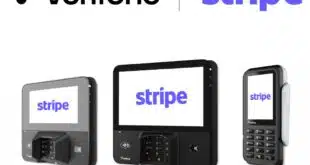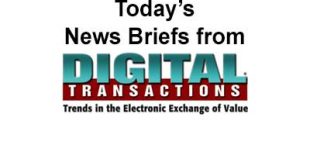Diners visiting a fast-casual restaurant—think Chipotle, Five Guys—are more likely to choose a mobile wallet to pay rather than a payment app, according to data from disbursement platform Onbe. In its Payouts Landscape Report, 56% of consumers prefer to use a mobile wallet for paying at a fast-casual restaurant, compared with 34% who choose a payment app.
Onbe, which surveyed 1,504 U.S. consumers, defines a payments app as something like PayPal, Cash App, or Venmo. A mobile wallet stores card data in a mobile phone. The report, Onbe says, reinforces the need for digital payment acceptance as consumers choose these methods over other ones. It found that “nearly all Americans use digital payments regularly and 88% prefer to receive funds via digital methods. At the same time, preferences vary, and consumers gravitate toward the digital options that meet their needs of the moment—from faster payments to spending flexibility.”
Mobile wallets were generally preferred for most other payment needs, such as paying for fuel, in-person shopping, and at entertainment venues. Payment apps were more favored when setting up payments among friends, online shopping, and for paying service workers, such as babysitters.

Buffalo Grove, Ill.-based Onbe’s data also found that mobile-wallet use in most age groups increased from 2024, with the percentage of consumers using one multiple times a week going from 26% to 44% for individuals between 18 and 24. The percentage increased from 37% to 44% for the 25 to 34 group and jumped from 37% to 45% for those 35 to 44 years old. Mobile-wallet use increased from 30% to 33% for consumers 45 to 54 years old.
Along with this shift in use comes increasing consumer confidence in the security of digital payments. In 2024, 47% said physical payments were more secure, which dropped to 41% in 2025, while the 53% who said in 2024 that digital and electronic payments were more secure increased to 59% this year.
Overall, consumers ranked security, at 97%, as the top priority when receiving a payout or incentive in 2025, followed by a choice of payment method and convenience, both at 96%, flexibility, 93%, and speed, 86%.
For organizations using payouts, the integration of fraud protection, payment choice, and reduced friction can help them “build trust and loyalty while meeting the high expectations of today’s digitally savvy consumers,” Onbe says in the report, which was conducted by National Research Group.





